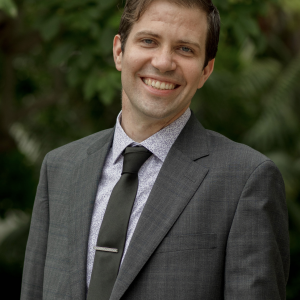
"The Social Construction of Racial Harmony: Musicking, Marketing and Memory in Cleveland, Ohio"
George Blake (Baker-Nord Center for the Humanities, CWRU)
For Zoom meeting links to individual presentations, please contact Sophie Benn.
Music Colloquia provide a weekly forum for presentation and discussion of recent research by distinguished visitors, CWRU faculty, and graduate students in musicology, historical performance practice, and music education.
All Colloquia begin at 4:00 PM (Eastern Time) and will be offered virtually through the Spring 2021 semester. Members of CWRU and the wider Cleveland community are heartily welcome, as are students and colleagues at other institutions.
ABOUT THE TALK:
In April of 1966, the Plain Dealer ran a headline for an Ella Fitzgerald concert at Severance Hall: “Races Harmonize to Ella’s Song.” Reformulating Christopher Small’s question about musicking, this talk asks: What does it mean when this performance of racial harmony takes place at this time, in this place, with these participants? To answer, I examine contestations about the meaning of “racial harmony” in relation to jazz and the tensions of mid-century American liberalism that circulated around University Circle and the city of Cleveland. Shaped by segregation, “racial harmony” has nevertheless been a recurring part of Cleveland’s public conversation about itself. As a means of conceptualizing the city, the phrase is a way to imagine relationships between groups. However, it is a “soft” phrase, used in a variety of equivocal and conflicting ways. During the 1960s, one of the most important definitions of “racial harmony” was out of earshot, missing from much public discourse altogether: The Federal Housing Authority’s definition of “inharmonious racial groups” shaped housing markets nationwide and the racialized geography of the city. If harmony is the musical metaphor for the city, Cleveland’s segregated map is its graphic score.
ABOUT THE SPEAKER:
George Blake is Postdoctoral Scholar at the Baker-Nord Center for the Humanities. He studies the hidden musical histories of Black Cleveland and is working on two projects: a book entitled Haunted Harmony: Jazz Meanings, Social Tensions and The Geography of Race in Cleveland, Ohio; and a digital humanities project using ArcGIS maps to show the landscape of race and genre in the years preceding the Moondog Coronation Ball. Additionally, he has written scholarship on blackface minstrelsy in the northern U.S. during the twentieth century. His work has been supported by the UCSB Center for Black Studies Research and the Freedman Center for Digital Scholarship at CWRU.

